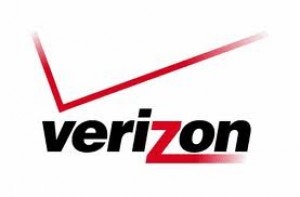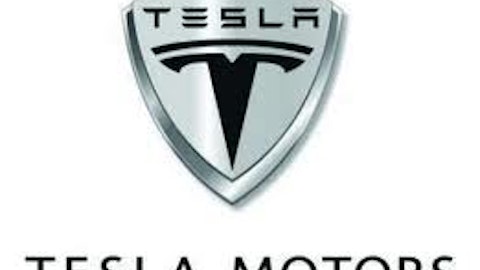On this day in economic and business history …
Thomas Edison is more closely linked to the development and spread of electricity through the world than any other person — with the possible exception of Nikola Tesla. However, neither Edison nor Tesla had a hand in the first utility-scale distribution of electric power. That honor goes to George Roe, a forgotten pioneer who created the world’s first electric utility in northern California. Archie Green, writing for the Fund for Labor Culture and History, offers this enlightening background on the company’s origins:
On June 30, 1879, George Roe, a Canadian broker living in San Francisco, incorporated the California Electric Light Company. In September, the visionary firm produced and transmitted electricity for commercial sale to 21 privately owned arc lamps from the first central power station in the world. The primitive plant — actually a shed of four-by-four timber uprights and walls of sheet iron — enclosed a steam engine and boiler, a huge coal pile, and two small dynamos (patented April 24, 1877 by engineer Charles Brush for Cleveland’s Telegraph Supply Company). …
The CELC’s wood-frame shanty with a coal-fired steam boiler did not survive a year. On April 24, 1880, when it succumbed to fire, its employees equipped a new plant at 117 O’Farrell Street. Demand for electricity expanded as incandescent lamps replaced arc lights. Accordingly, the CELC moved to 220 Jessie Street where it built a plain brick building.
The CELC grew throughout the 19th century, but it was nearly destroyed by the catastrophic earthquake that struck San Francisco in 1906. It became part of Pacific Gas and Electric shortly after the city rebuilt. Today, PG&E (NYSE:PCG) is not only the largest public utility company in the United States, but it’s also continued the legacy of the CELC as one of the world’s most innovative utilities. It was the first utility in the United States to operate a nuclear power plant, and it currently commands by far the largest solar-energy capacity of any utility in the country.
Two great telecoms, better together
Verizon Communications Inc. (NYSE:VZ) became the 10th-largest company in the United States by revenue on the Fortune 500 rankings for 2001, its first full year of operation. It did far better on profits, placing fourth, ahead of every single tech company that had been so red-hot the year before. However, the telecom leader had slipped to 16th on the list by its 10th full year. Its profitability has also been in a slow but steady long-term decline, and by 2011 Verizon Communications Inc. (NYSE:VZ)’s net income was weaker than that of many companies with less revenue. However, its stake in Verizon Communications Inc. (NYSE:VZ) Wireless, the largest mobile carrier in the United States, as well as its substantial fixed-line and broadband connection assets, easily justify Verizon’s place on the Dow Jones Industrial Average 2 Minute (INDEXDJX:.DJI). Connectivity is a foundation of American industry these days, after all.




